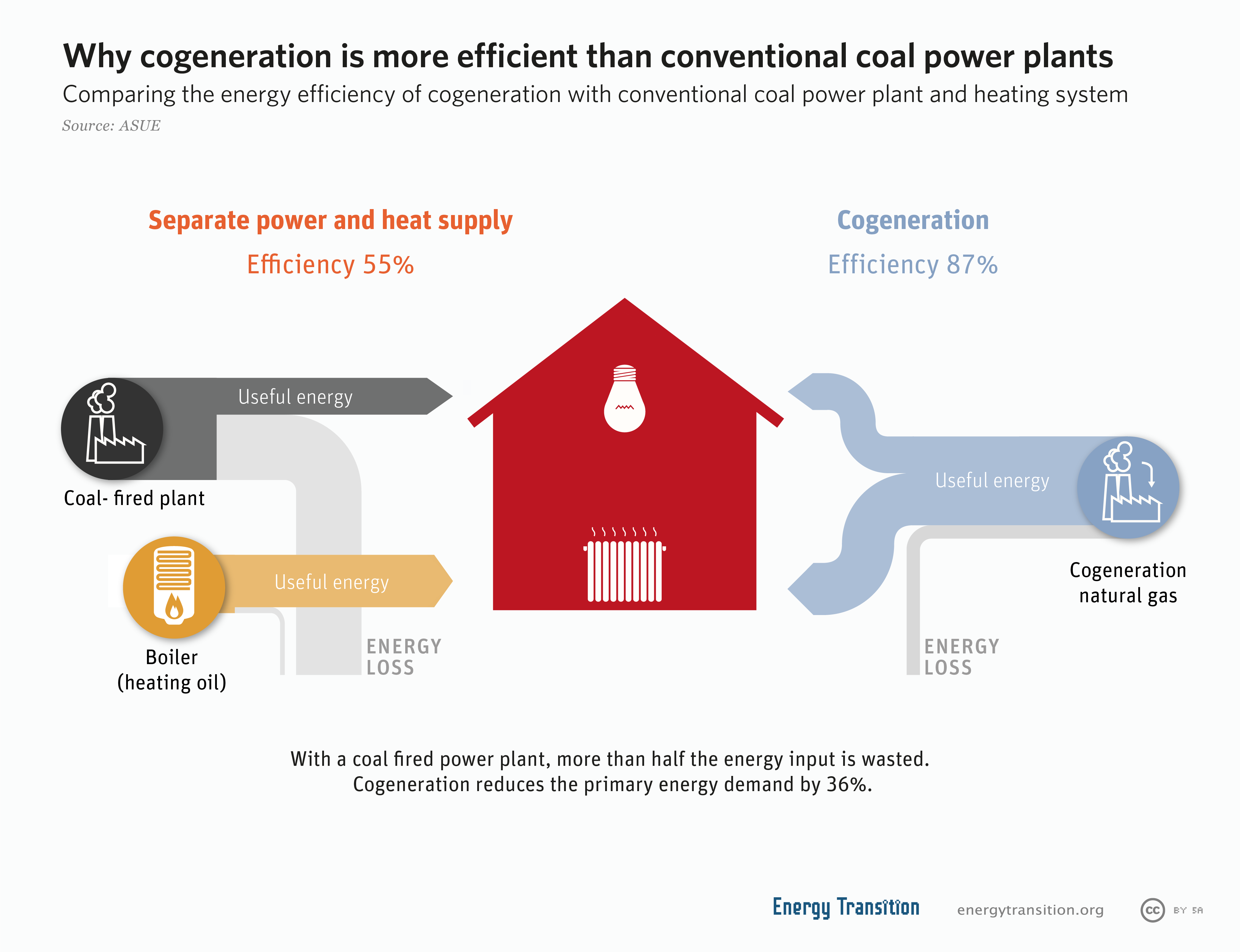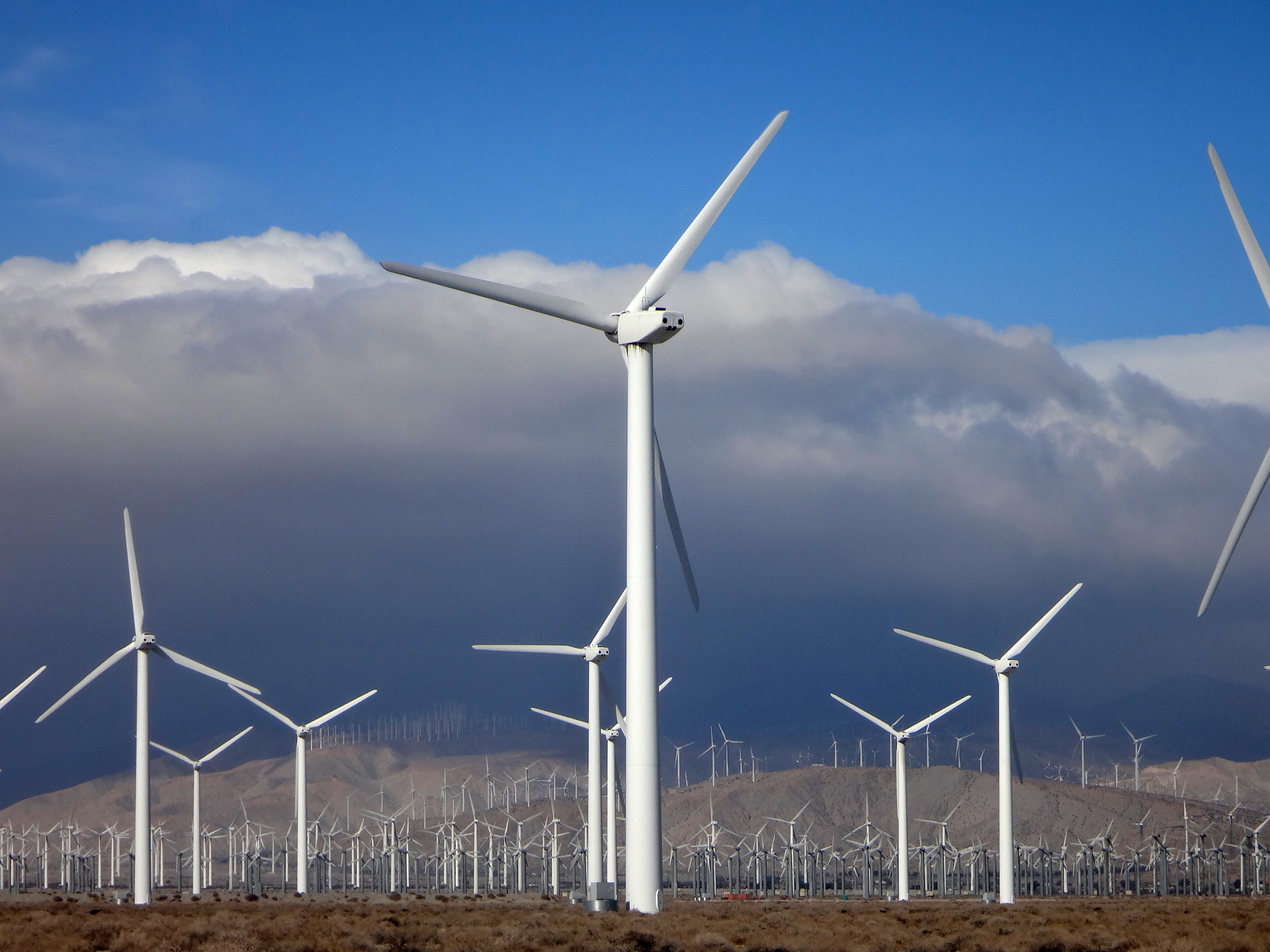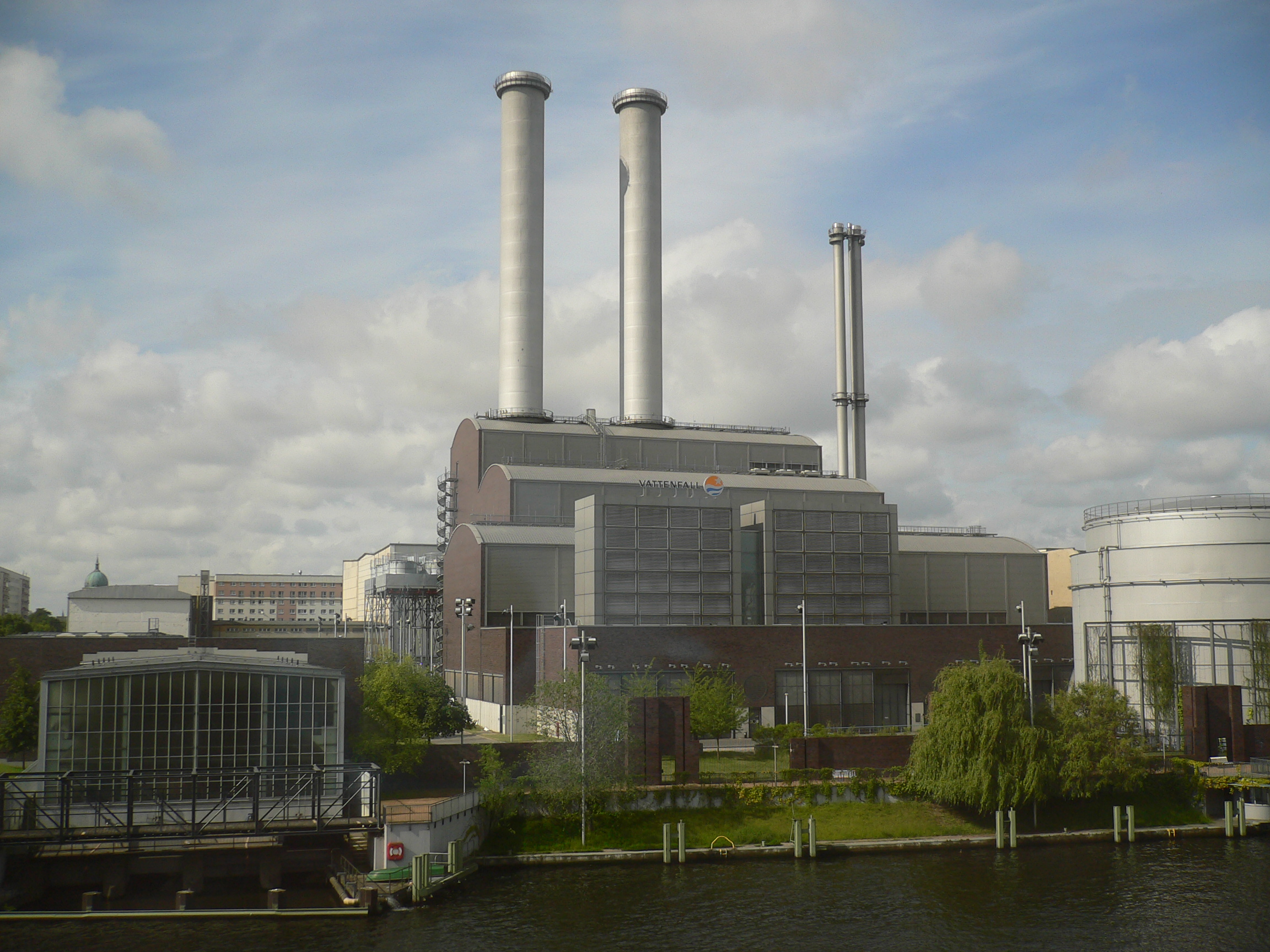|
Saskatchewan Power Corporation
Saskatchewan Power Corporation, operating as SaskPower, is the principal electric utility in Saskatchewan, Canada. Established in 1929 by the provincial government, it serves more than 538,000 customers and manages over $11.8 billion in assets. SaskPower is a major employer in the province with over 3,100 permanent full-time staff located in approximately 70 communities.SaskPower 2019, p. 2. Legal status SaskPower was founded as the Saskatchewan Power Commission in 1929, becoming the Saskatchewan Power Corporation in 1949 with the passage of ''The Rural Electrification Act''. The abbreviated name SaskPower was officially adopted as a trade name in 1987. Owned by the government through its holding company, the Crown Investments Corporation, SaskPower is governed by a Board of Directors who are accountable to the provincial government Minister Responsible for Saskatchewan Power Corporation. SaskPower has the exclusive right and the exclusive obligation to supply electricity in th ... [...More Info...] [...Related Items...] OR: [Wikipedia] [Google] [Baidu] |
Crown Corporations Of Canada
Crown corporations in Canada are government organizations with a mixture of commercial and public-policy objectives.Tupper, Allan. 2006 February 7.Crown Corporation" ''The Canadian Encyclopedia'' (last edited 2021 March 18). Retrieved 2021 May 19. They are directly and wholly owned by the Crown (i.e. the government of Canada or a province). Crown corporations represent a specific form of state-owned enterprise. Each corporation is ultimately accountable to (federal or provincial) Parliament through a relevant minister for the conduct of its affairs. They are established by an Act of Parliament and report to that body via the relevant minister in Cabinet, though they are "shielded from constant government intervention and legislative oversight" and thus "generally enjoy greater freedom from direct political control than government departments." Crown corporations are distinct from "departmental corporations" such as the Canada Revenue Agency. Crown corporations have a long-st ... [...More Info...] [...Related Items...] OR: [Wikipedia] [Google] [Baidu] |
Saskatoon Light & Power
Saskatoon Light & Power is a utility that provides electrical services within the city of Saskatoon, Saskatchewan, Canada. The utility is owned by the City of Saskatoon. The company was founded in 1906. Electrical service in the rest of Saskatoon, and the rest of Saskatchewan, is provided by the provincial utility SaskPower Saskatchewan Power Corporation, operating as SaskPower, is the principal electric utility in Saskatchewan, Canada. Established in 1929 by the provincial government, it serves more than 538,000 customers and manages over $11.8 billion in assets. Sa ..., which also supplies all the electricity that Saskatoon Light & Power uses. References External links * Electric power companies of Canada Companies based in Saskatoon 1906 establishments in Saskatchewan Companies owned by municipalities of Canada Public utilities established in 1906 {{Canada-corp-stub ... [...More Info...] [...Related Items...] OR: [Wikipedia] [Google] [Baidu] |
Potash
Potash () includes various mined and manufactured salts that contain potassium in water-soluble form.Potash USGS 2008 Minerals Yearbook The name derives from ''pot ash'', plant ashes or soaked in water in a pot, the primary means of manufacturing potash before the . The word '''' is derived from ''potash''. Potash is produced worldwide in amounts exceeding 90 million |
Nutrien
Nutrien is a Canadian fertilizer company based in Saskatoon, Saskatchewan. It is the largest producer of potash and the third largest producer of nitrogen fertilizer in the world. It has over 2,000 retail locations across North America, South America, and Australia with more than 23,500 employees. It is listed on the Toronto Stock Exchange (symbol ) and New York Stock Exchange (symbol ), with a market capitalization of $34 billion as of January 2018. It was formed through the merger of PotashCorp and Agrium, in a transaction that closed on January 1, 2018. History Merger PotashCorp and Agrium first proposed merging in September 2016. The merger was suggested in the context of low fertilizer prices, leading to the hope that a larger company will be better able to increase prices. The new company also hopes to reduce costs through consolidation; it estimates that it will be able to decrease costs by $500 million USD. The transaction was originally expected to close in mid ... [...More Info...] [...Related Items...] OR: [Wikipedia] [Google] [Baidu] |
Cogeneration
Cogeneration or combined heat and power (CHP) is the use of a heat engine or power station to generate electricity and useful heat at the same time. Cogeneration is a more efficient use of fuel or heat, because otherwise- wasted heat from electricity generation is put to some productive use. Combined heat and power (CHP) plants recover otherwise wasted thermal energy for heating. This is also called combined heat and power district heating. Small CHP plants are an example of decentralized energy. By-product heat at moderate temperatures (100–180 °C, 212–356 °F) can also be used in absorption refrigerators for cooling. The supply of high-temperature heat first drives a gas or steam turbine-powered generator. The resulting low-temperature waste heat is then used for water or space heating. At smaller scales (typically below 1 MW), a gas engine or diesel engine may be used. Cogeneration is also common with geothermal power plants as they often produce relatively lo ... [...More Info...] [...Related Items...] OR: [Wikipedia] [Google] [Baidu] |
ATCO , a geologic form ...
Atco or ATCO may refer to: Businesses * ATCO, a Canadian diversified company involved in manufacturing, utilities, energy and technologies ** ATCO Electric, a subsidiary of the above company * Atco (British mower company), a mower manufacturing company * Atco Records, an American record label * Arnold Transit Company Places in the United States * Atco, Georgia, an unincorporated community * Atco, New Jersey, an unincorporated community ** Atco station, a railroad station in the above community * Atco Lake, New Jersey Sports facilities * Atco Raceway, a drag strip in Atco, New Jersey * ATCO Field, a soccer stadium in Alberta, Canada Acronyms *Air Traffic Control Officer (ATCO) See also * * * Atco Formation The Atco Formation is a geologic formation in Texas. It preserves fossils dating back to the Cretaceous period. See also * List of fossiliferous stratigraphic units in Texas * Paleontology in Texas Paleontology in Texas refers to paleontolog ... [...More Info...] [...Related Items...] OR: [Wikipedia] [Google] [Baidu] |
Canadian Utilities
Canadian Utilities Limited is a member of the ATCO Group of companies. Canadian Utilities Limited is a Canada-based worldwide organization of companies with assets of approximately $7.3 billion and more than 6,500 employees in three main business divisions: power generation, utilities (natural gas Natural gas (also called fossil gas or simply gas) is a naturally occurring mixture of gaseous hydrocarbons consisting primarily of methane in addition to various smaller amounts of other higher alkanes. Low levels of trace gases like carbo ... and electricity transmission and distribution), and global enterprises (technology, logistics, and energy services). References Companies listed on the Toronto Stock Exchange Electric power companies of Canada ATCO {{canada-company-stub ... [...More Info...] [...Related Items...] OR: [Wikipedia] [Google] [Baidu] |
Cory Cogeneration Station
Cory Cogeneration Station is a natural gas-fired station owned by SaskPower and located near Saskatoon, Saskatchewan, Canada. The plant operates at 260 MW in a conventional generation mode and at 228 MW in a cogeneration mode. Steam from the plant is used to supply the Potash Corp Cory Mine. The facility was originally developed as a joint venture of SaskPower and ATCO in 2003. SaskPower took full ownership in 2019 when it purchased ATCO's 50% stake. Description The Cory Cogeneration Station consists of: * two GE PG 7121EA Gas Turbines (85 MW) * two Heat Recovery Steam Generators (140 tonnes per hour) and * one GE Steam Turbine (90 MW) See also * |
Wind Farm
A wind farm or wind park, also called a wind power station or wind power plant, is a group of wind turbines in the same location used Wind power, to produce electricity. Wind farms vary in size from a small number of turbines to several hundred wind turbines covering an extensive area. Wind farms can be either onshore or offshore. Many of the largest operational onshore wind farms are located in China, India, and the United States. For example, the List of onshore wind farms, largest wind farm in the world, Gansu Wind Farm in China had a capacity of over 6,000 megawatt, MW by 2012,Watts, Jonathan & Huang, CecilyWinds Of Change Blow Through China As Spending On Renewable Energy Soars ''The Guardian'', 19 March 2012, revised on 20 March 2012. Retrieved 4 January 2012. with a goal of 20,000 MWFahey, JonathanIn Pictures: The World's Biggest Green Energy Projects ''Forbes'', 9 January 2010. Retrieved 19 June 2019. by 2020.Kanter, DougGansu Wind Farm ''Forbes''. Retrieved 1 ... [...More Info...] [...Related Items...] OR: [Wikipedia] [Google] [Baidu] |
Hydroelectricity
Hydroelectricity, or hydroelectric power, is Electricity generation, electricity generated from hydropower (water power). Hydropower supplies one sixth of the world's electricity, almost 4500 TWh in 2020, which is more than all other Renewable energy, renewable sources combined and also more than nuclear power. Hydropower can provide large amounts of Low-carbon power, low-carbon electricity on demand, making it a key element for creating secure and clean electricity supply systems. A hydroelectric power station that has a dam and reservoir is a flexible source, since the amount of electricity produced can be increased or decreased in seconds or minutes in response to varying electricity demand. Once a hydroelectric complex is constructed, it produces no direct waste, and almost always emits considerably less greenhouse gas than fossil fuel-powered energy plants. [...More Info...] [...Related Items...] OR: [Wikipedia] [Google] [Baidu] |
Gas-fired Power Plant
A gas-fired power plant or gas-fired power station or natural gas power plant is a thermal power station which burns natural gas to generate electricity. Natural gas power stations generate almost a quarter of world electricity and a significant part of global greenhouse gas emissions and thus climate change. However they can provide seasonal dispatchable generation to balance variable renewable energy where hydropower or interconnectors are not available. Basic concepts: heat into mechanical energy into electrical energy A gas-fired power plant is a type of fossil fuel power station in which chemical energy stored in natural gas, which is mainly methane, is converted successively into: thermal energy, mechanical energy and, finally, electrical energy. Although they cannot exceed the Carnot cycle limit for conversion of heat energy into useful work the excess heat may be used in cogeneration plants to heat buildings, produce hot water, or to heat materials on an industrial ... [...More Info...] [...Related Items...] OR: [Wikipedia] [Google] [Baidu] |
Coal-fired Power Station
A coal-fired power station or coal power plant is a thermal power station which burns coal to generate electricity. Worldwide, there are about 8,500 coal-fired power stations totaling over 2,000 gigawatts Nameplate capacity, capacity. They generate about a third of the Electric energy consumption, world's electricity, but cause many illnesses and early deaths, mainly from air pollution. A coal-fired power station is a type of fossil fuel power station. The coal is usually Pulverizer, pulverized and then burned in a pulverized coal-fired boiler. The furnace heat converts boiler water to steam, which is then used to spin turbines that turn electric generator, generators. Thus chemical energy stored in coal is converted successively into thermal energy, mechanical energy and, finally, electrical energy. Coal-fired power stations emit over 10 gigatonne, Gt of carbon dioxide each year, about one fifth of world greenhouse gas emissions, so are the single largest Attribution of re ... [...More Info...] [...Related Items...] OR: [Wikipedia] [Google] [Baidu] |






